Identifying trees in the winter can be hard especially for deciduous species who lose their leaves in the fall. There are no flowers. Some young oaks retain withered leaves, known as marcescence, which can aid in identification. In addition, some species like American Sweetgum have persistent over-mature fruit. Some species have distinctive bark that can be used for identification at any time of year. Winter buds can also be helpful clues. In this post we will focus on the bark of ten tree species in Washington Square Park.
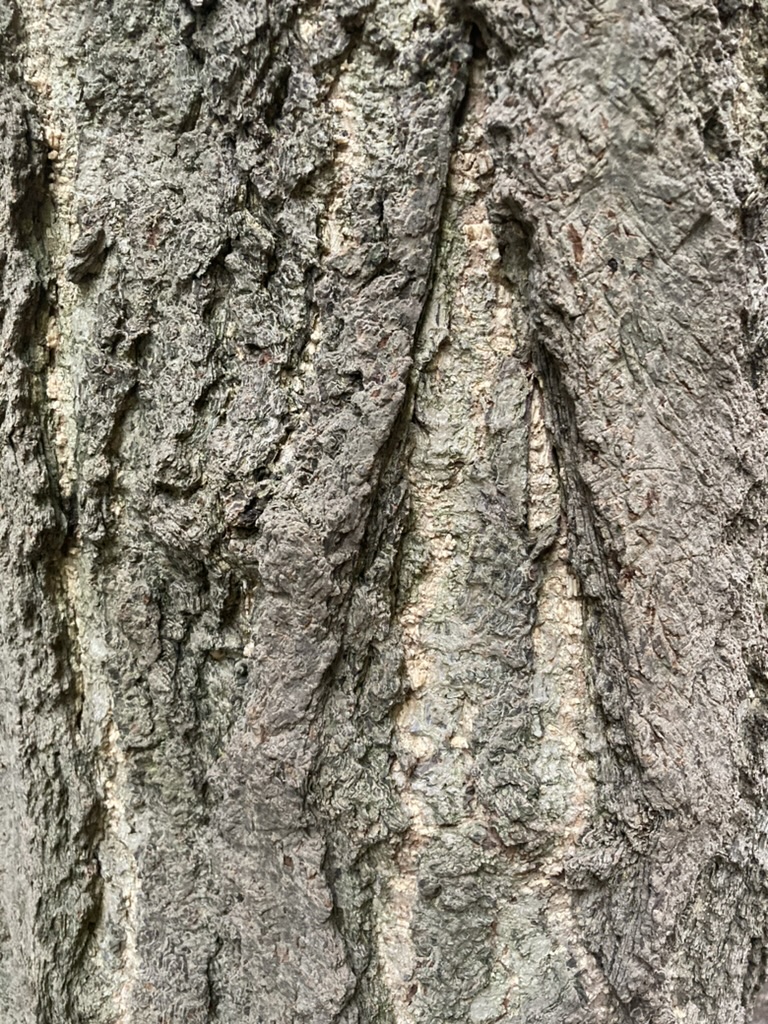
Ginkgo / Ginkgo biloba
Note the thick, gray bark with lighter furrows. Young trees have smoother bark.
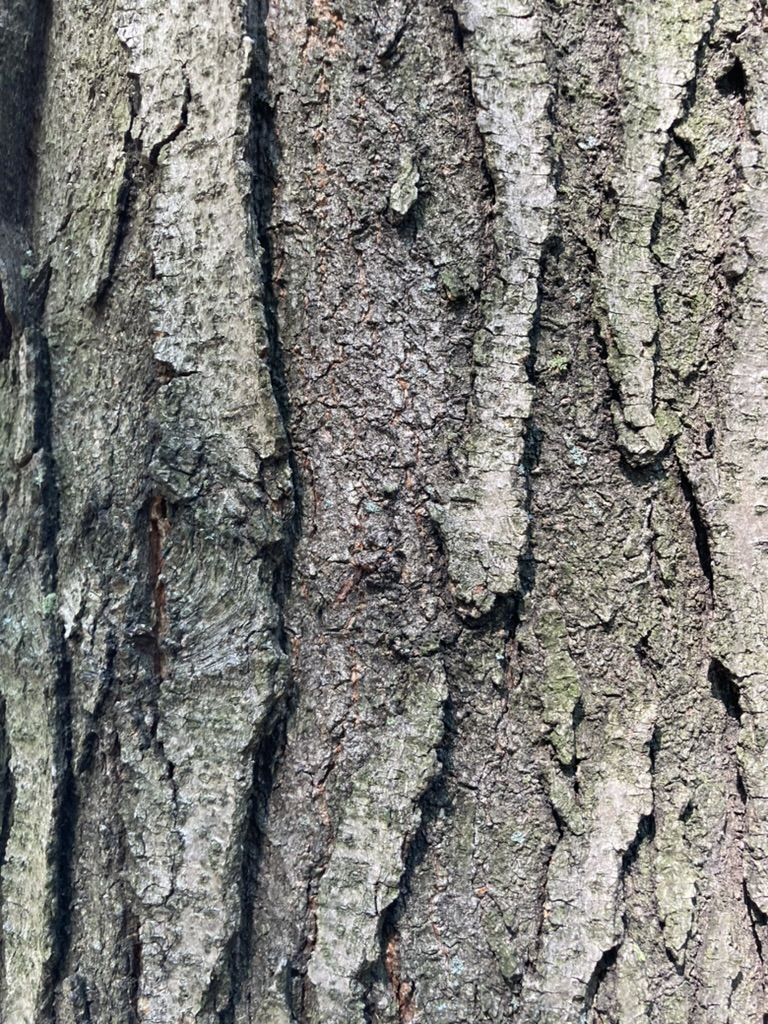
Honeylocust / Gleditsia triacanthos
Note the plates of bark which will curl away from the trunk as the tree ages. Young trees have smooth lighter gray bark with visible lenticels (structures for gas exchange).
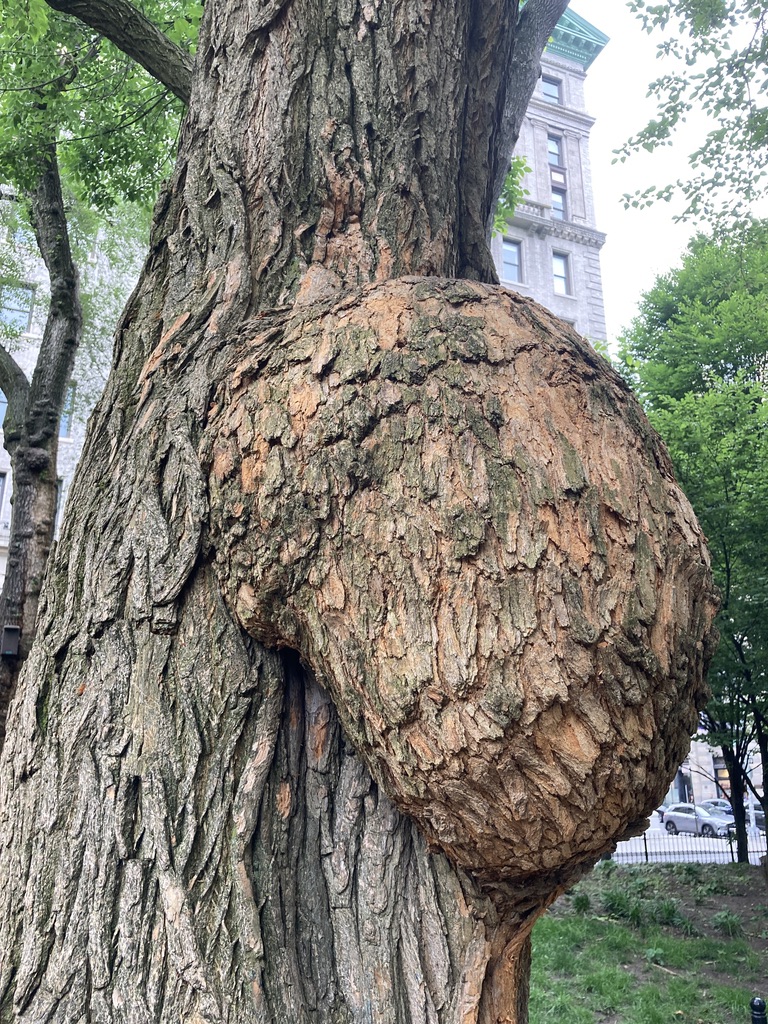
Osage Orange / Maclura pomifera
Note the orange color of the bark layer below the outermost bark.
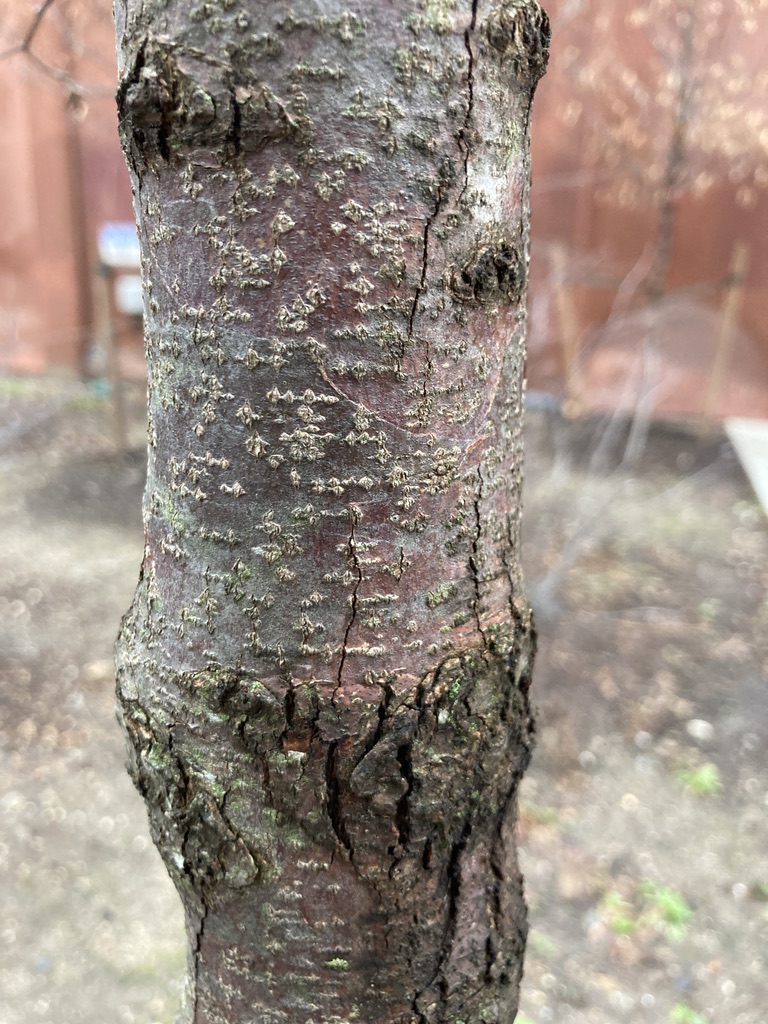
Crabapple / Malus sp.
Note the red-purple bark with pronounced white lenticels.
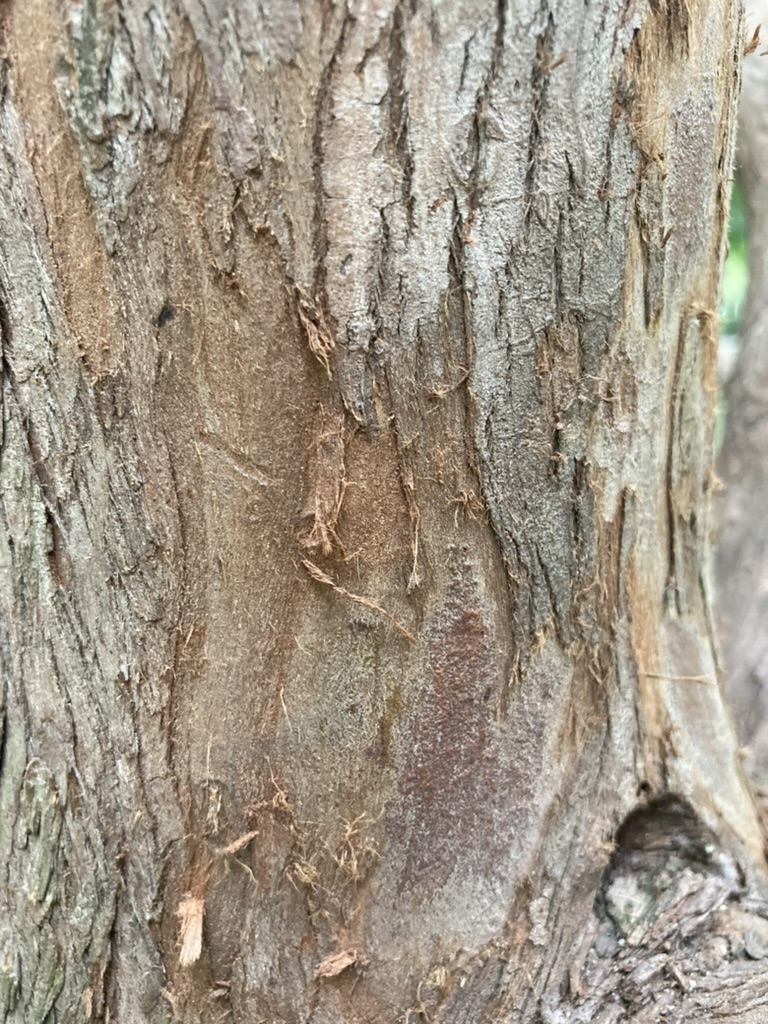
Dawn Redwood / Metasequoia glyptostroboides
Note the reddish color of the trunk. The bark will develop long peeling strips as the tree matures.
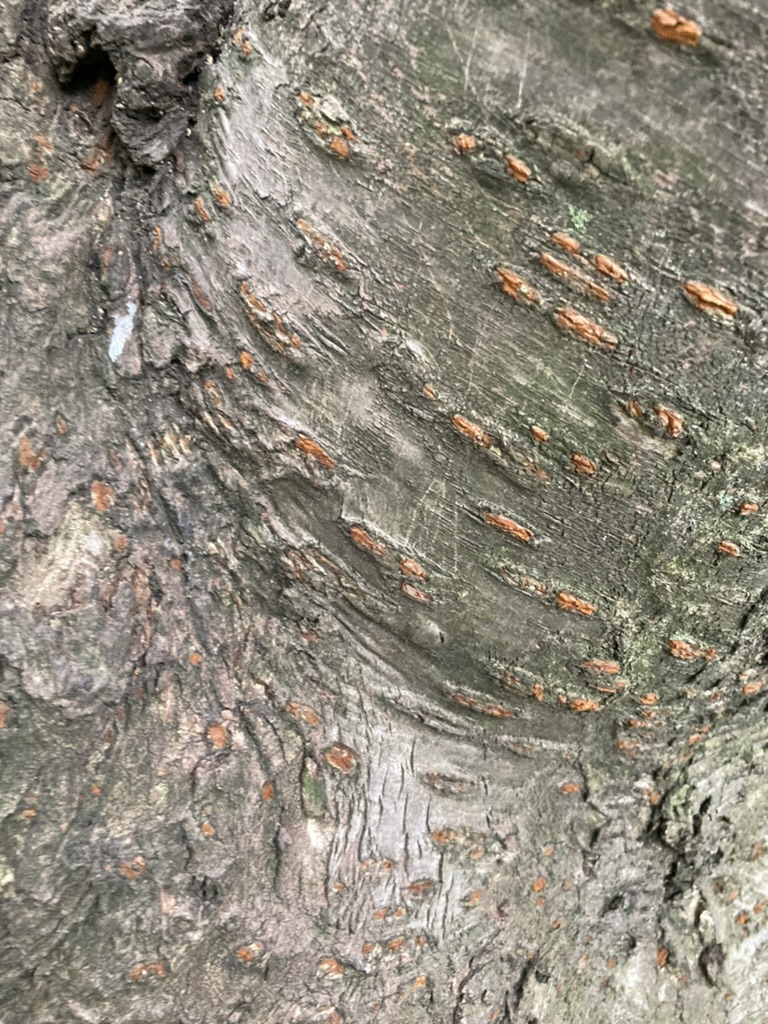
Kwanzan Cherry / Prunus serrulata ‘Kwanzan’
Note the large red-brown lenticels.
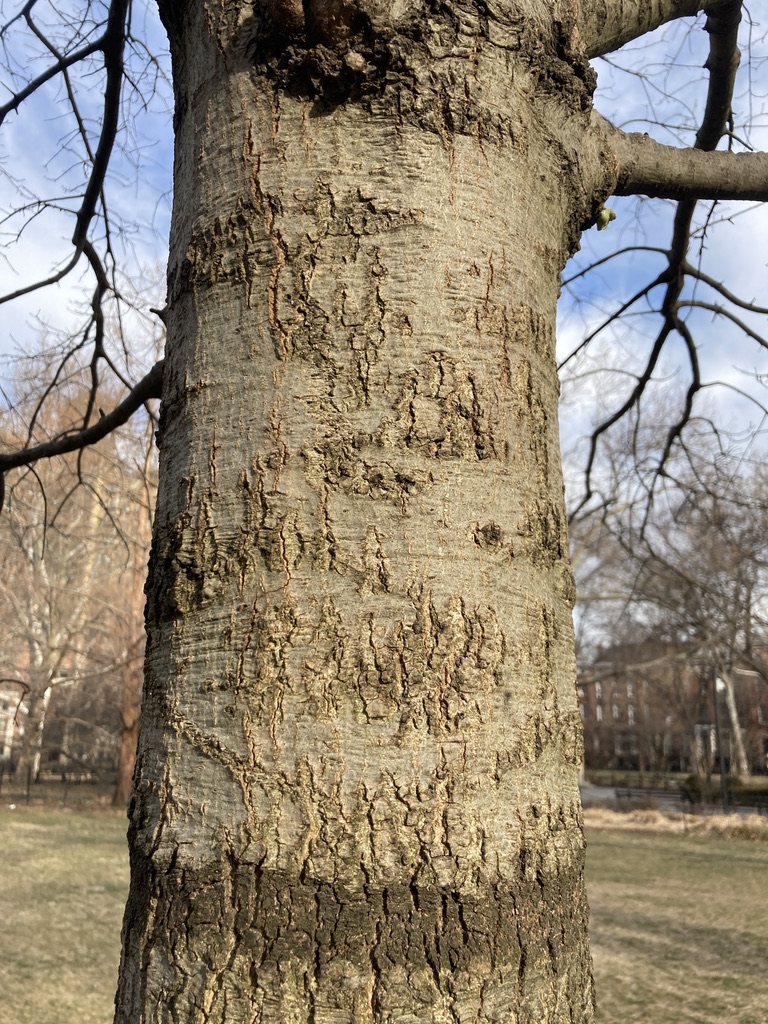
Willow Oak / Quercus phellos
Note the smoother bark of this oak. This is a young tree. As the oak ages, the bark will furrow.

Northern Red Oak / Quercus rubra
Note the silvery gray bark with vertical furrows and hills.

Tuliptree / Liriodendron tulipifera
Note the colors of the bark. This tree is transition from the greener bark of its youth. You can see the emergent furrows and ridges.

Elm / Ulmus sp.
Two things to note here. The bark has vertical narrow plates which form ridges. The wet area on the trunk is a sign of wetwood bacteria. The condition is not fatal but can contribute to a decline in the tree’s health (source).